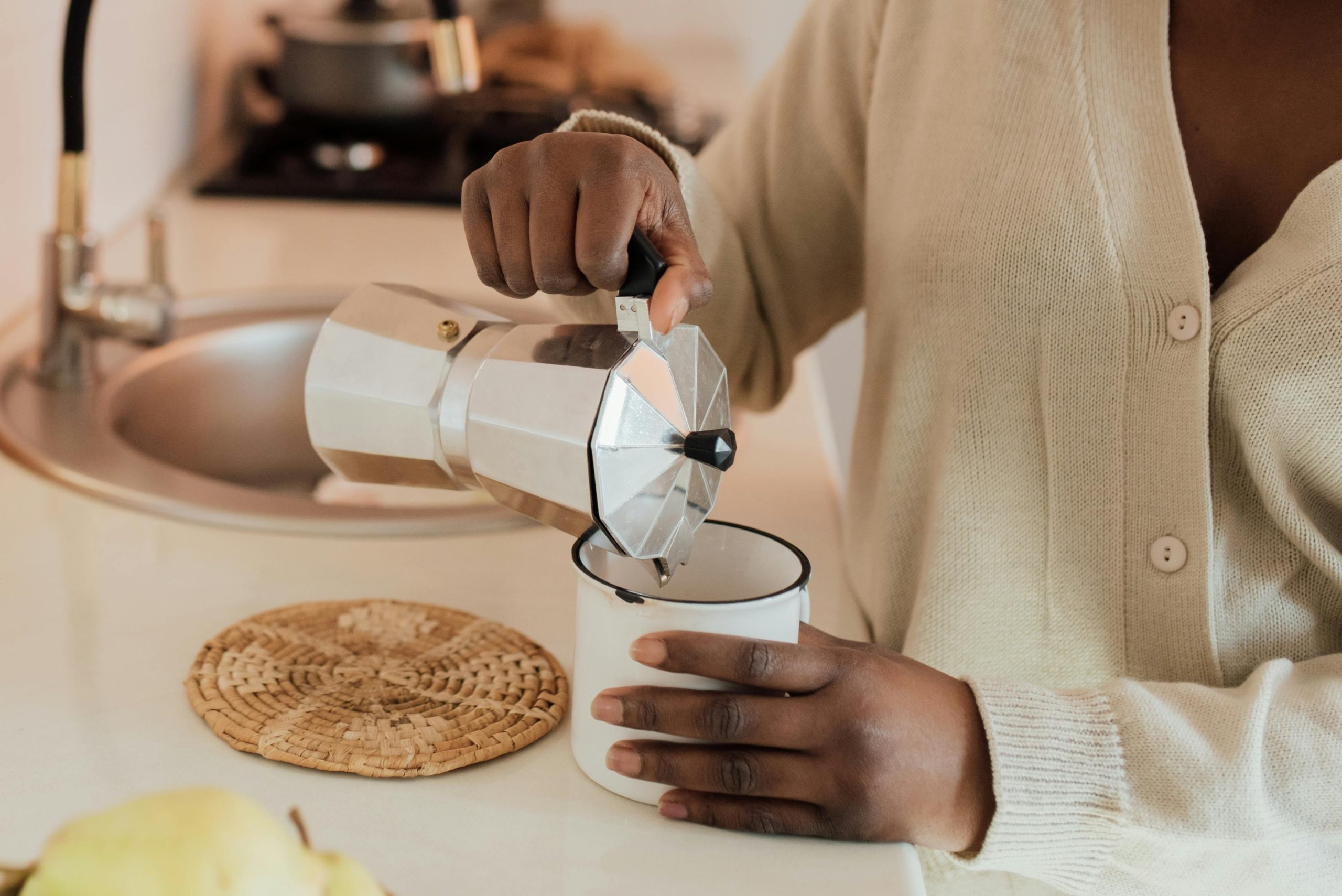Low Vision Corner Part 3

Reduced contrast sensitivity can effect a person’s ability to perform daily living tasks
Visual function is about more than just visual acuity, writes Abi Crutcher in Part 3 of her Low Vision (LV) Corner series…
Visual acuity
Visual acuity (VA) is the measurement that we are most familiar with in practice, but have you ever really thought about how it would impact your life if your VA was reduced?
This is often demonstrated to people in practice by placing a pair of +2.00 trial lenses in a trial frame and letting them have a good look around. One of the first things they notice is how much less detail they can see – failing to recognise people across the room, or read notices on the walls of the practice?
People with a reduced VA report experiencing a number of challenges, with almost all finding reading difficult, as well as distance tasks such as watching TV. Recognising faces can be difficult1 and getting around is more challenging as balance can be compromised2. Navigation is more problematic if you are unable to see details such as street names, numbers on buses or departure boards in train stations and airports.
Contrast sensitivity
Contrast sensitivity is another important factor in visual function, and affects all aspects of a person’s life, as we don’t live in a world composed of high contrast objects. Reduced contrast sensitivity impairs the ability to distinguish objects of similar colours to their background, which can cause a number of difficulties, such as negotiating steps and stairs3, and may also affect balance4.
Contrast sensitivity is better than baseline VA at predicting a person’s ability to carry out many daily living tasks, such as eating, dressing, pouring a drink and using kitchen utensils5, as they require us to see things which are not completely high contrast.
Reduced contrast sensitivity also decreases reading speed, even when a magnifier is used to enlarge the print. Magazines often print text over a picture background, which reduces the contrast and makes reading even more difficult.
Visual field
A reduced visual field increases the risk of falling and impacts on a person’s walking speed. People with peripheral field loss are 1.4x more likely to have fallen than people without field loss. Somewhat surprisingly, people with central field loss are even more likely to report having fallen in the previous year with 2.4x as many people reporting a fall than those without field loss.
People with poor vision are nearly three times more likely to injure themselves when they fall than people with no visual field loss6, so a fall may have more serious consequences for a person with low vision. Central field loss also impacts on the ability to recognise people, and reading fluently becomes difficult due to fixation and tracking problems.
Glare
Glare can cause problems for people with impaired vision, as scattered light and veiling reduce visibility. Many visually impaired people also experience ‘discomfort glare’, which doesn’t cause visual problems. However, as the name suggests, it can cause significant discomfort, which can be overwhelming and painful.
Night vision and dark adaptation
When walking into a dark room, it takes time for the eyes to adapt, and for people with a visual impairment, this adaption period can be increased, causing difficulties with navigating around furniture, etc. Some people also find their eyes don’t adapt fully and they always have difficulty in low light conditions.
In next month’s article, we will look at the diseases that are the leading causes of sight loss.
References
1. Bullimore MA, Bailey IL, Wacker RT. Face recognition in age-related maculopathy. Invest. Ophthalmol. Vis. Sci. 1991;32:2020-2029.
2. Anand V, Buckley J, Scally A, Elliott DB. The effect of refractive blur on postural stability. Ophthalmic Physiol. Opt. 2002;22:528-534.
3. West SK, Rubin GS, Broman AT, Munoz B, Bandeen-Roche K, Turano K. How does visual impairment affect performance on tasks of everyday life? The SEE Project. Salisbury Eye Evaluation. Arch. Ophthalmol. 2002;120:774-780.
4. Lord SR, Menz HB. Visual contributions to postural stability in older adults. Gerontology 2000;46:306-310.
5. Haymes SA, Johnston AW, Heyes AD. Relationship between vision impairment and ability to perform activities of daily living. Ophthalmic Physiol. Opt. 2002;22:79-91.
6. Patino CM, McKean-Cowdin R, Azen SP, Allison JC, Choudhury F, Varma R. Central and peripheral visual impairment and the risk of falls and falls with injury. Ophthalmology 117:199- 206 e191.
Abi Crutcher is an extended services contact lens optician with a professional certificate in low vision. In addition to working in practice, Abi represents dispensing opticians on her regional optical committee and, through that, on the Welsh Optometric Committee. She represents optometry on her local primary care cluster committee – and is ABDO’s regional lead in Wales.